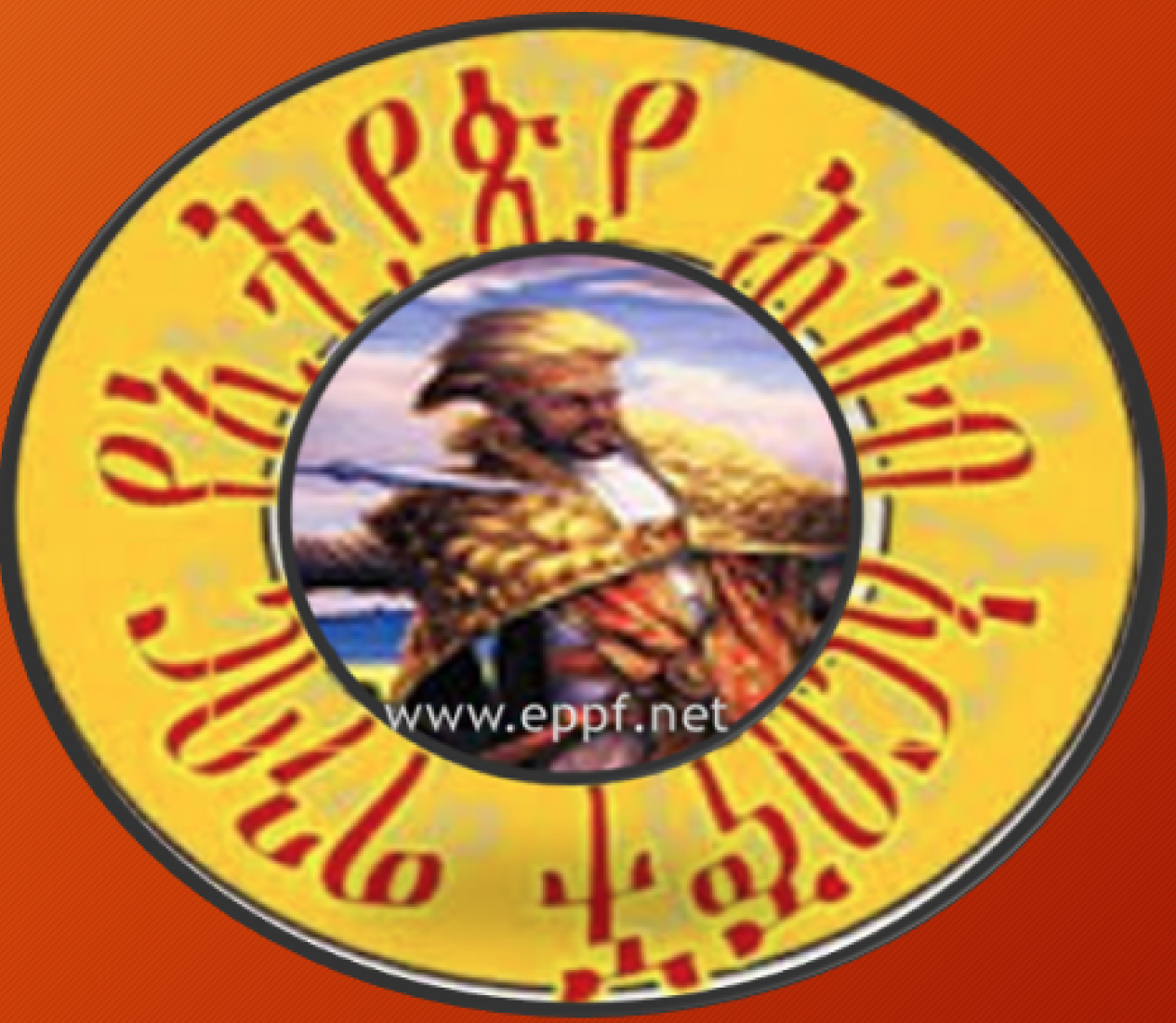Richest 1 Percent Get 82 Percent of the Wealth 77 Ethiopians living below the poverty line Oxfam

The advocacy group claims the growing disparity shows that the global economy values wealth over work.
By Katelyn Newman , Digital Producer, Staff Writer |Jan. 22, 2018, at 9:10 a.m.
Oxfam: World’s Richest 1 Percent Get 82 Percent of the Wealth
Employees of the Eastern Industrial Zone, shoe manufacturing park at work in Addis Ababa, Ethiopia, on Sept. 5, 2017. The visit was organized by Oxfam International’s Africa-China Dialogue (ACDP) and Wits Africa-China Reporting Project as part of the Media Workshop on Reporting Africa-China Engagements: Agriculture Developments, Climate Change, Industrialization, Sustainable Development Goals (SDGs), and Agenda 2063. (Sharon Tshipa/SOPA Images/LightRocket via Getty Images)
Employees of the Eastern Industrial Zone shoe manufacturing park at work in Addis Ababa, Ethiopia, on Sept. 5, 2017. (Sharon Tshipa/SOPA Images/LightRocket via Getty Images)
The gap in income inequality grew in 2017 as the super rich got richer while the poorest witnessed no change in wealth, the charity organization Oxfam claimed Monday in its latest report.
The advocacy group estimates that the world’s richest 1 percent reaped 82 percent of its wealth last year while the poorest half saw no increase at all. The reasons for the growing disparity boil down to tax evasion, firms’ influence on policy, erosion of workers’ rights and cost cutting, and it shows that the global economy values wealth over work, the organization stated.
Ethiopia
[embedyt] https://www.youtube.com/watch?v=EnWwA63M4c8[/embedyt]

